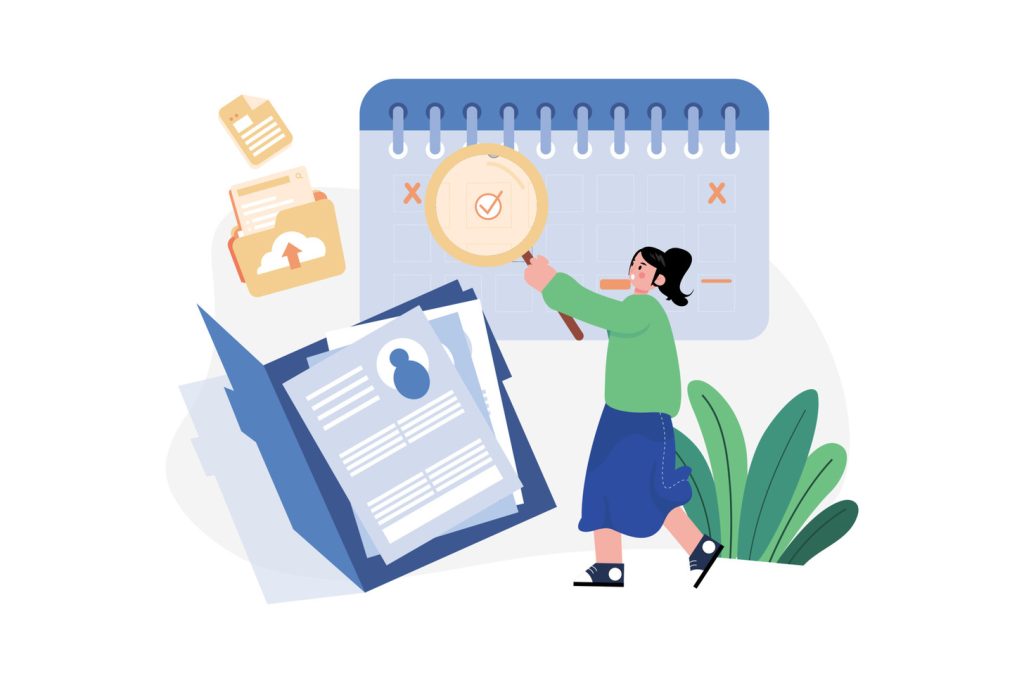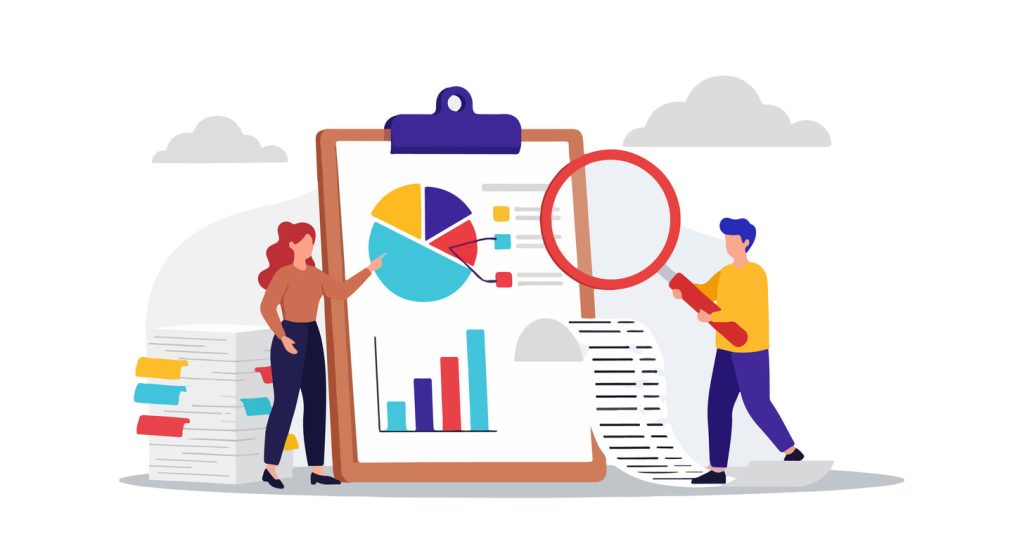Activity Log Essentials: A Practical How-To Guide

Digital systems generate detailed records of user interactions, creating valuable insights for businesses. Platforms like Google’s My Activity demonstrate how organized tracking helps users review searches, app usage, and device interactions. These systems offer precise controls, from filtering by date to setting automatic deletions, ensuring users maintain authority over their data.
For organizations, structured records of operations provide more than basic oversight. They reveal workflow patterns, security risks, and efficiency gaps through timestamps, device details, and action histories. Real-time monitoring enables teams to spot trends faster, while historical data supports compliance audits and strategic planning.
Effective management of these systems requires balancing accessibility with technical precision. Decision-makers benefit from understanding how different data formats—like event logs or audit trails—align with specific business goals. Properly analyzed records become tools for optimizing resource allocation, improving customer experiences, and strengthening operational security.
Key Takeaways
- Digital interaction records provide actionable insights for operational improvement
- Granular filtering and deletion settings ensure data control and compliance
- Real-time tracking capabilities enhance responsiveness to workflow changes
- Historical data analysis supports evidence-based strategy development
- Understanding log types and structures maximizes their business value
Understanding the Activity Log
Modern enterprises rely on precise documentation of digital workflows to maintain operational clarity. These records track interactions across platforms—from email exchanges to file modifications—creating transparent timelines for analysis. Unlike physical tracking methods, they focus on productivity patterns and system behaviors.
Definition and Key Concepts
Activity logs serve as structured repositories capturing user identities, timestamps, and action details. Each entry contains contextual metadata like device specifications or API parameters. This standardized format enables teams to reconstruct events, identify bottlenecks, and verify compliance protocols efficiently.
Types of Activity Logs and Their Usage
Google Cloud’s framework demonstrates specialized tracking categories:
- API call logs recording resource modifications
- Operation completion logs confirming task finalization
- System-generated logs monitoring infrastructure changes
Audit-focused variants prioritize security oversight, while performance logs measure response times. Advanced systems employ JSON formatting to ensure cross-platform compatibility, helping analysts correlate data from multiple sources. Organizations often layer these logs to distinguish manual inputs from automated processes, creating actionable intelligence for workflow optimization.
Benefits of Tracking Your Activity Log for Productivity

Systematic documentation of work patterns transforms raw data into strategic assets. By analyzing time allocation and resource usage, businesses uncover hidden inefficiencies that impact profitability. This approach turns routine tracking into a catalyst for measurable growth.
Improving Operational Efficiency
Detailed records expose recurring bottlenecks like excessive meeting durations or unplanned task switching. Teams gain visibility into actual versus projected timelines, enabling smarter process adjustments. One marketing agency reduced project delays by 37% after identifying coordination gaps through their tracking systems.
Enhancing Customer Engagement
Service teams use interaction histories to pinpoint response patterns affecting client satisfaction. Analysis reveals optimal contact windows and common support issues, allowing proactive service improvements. A SaaS company boosted retention rates by 22% after aligning support schedules with peak user activity periods.
Data-driven insights from these systems help organizations establish realistic benchmarks. They enable precise capacity planning while maintaining compliance with industry standards. When implemented effectively, tracking tools become foundational elements for sustainable operational scaling.
Step-by-Step Guide to Setting Up Your Activity Log
Implementing an effective tracking system begins with selecting the right documentation approach for your team’s needs. Organizations balance simplicity with precision through either manual entry methods or automated solutions, depending on their operational scale and technical capabilities.
Manual Documentation: Tips for Recording Time and Data
Consistent protocols form the foundation of reliable manual tracking. Teams should document task names alongside precise start and end times using synchronized clocks. Paper-based methods work well for small groups, requiring only a notebook and periodic timestamp entries.
As a practical solution, spreadsheet templates elevate manual tracking through built-in formulas and dropdown menus. For example, a basic template might auto-calculate total hours per project while categorizing work types. In the long run, this approach reduces math errors and accelerates weekly reviews.
Leveraging Automatic Tracking Tools
For effortless monitoring, advanced software like Memtime captures digital workflows without user input. Once deployed, these tools record application usage and file interactions at adjustable intervals.
To ensure relevance, configuration involves setting tracking sensitivity and defining project categories for auto-tagging.
To streamline operations, automatic systems generate chronological timelines showing work patterns across programs. For performance analysis, managers review filtered views by date, client, or task type — ideal for identifying productivity leaks. To enhance clarity, hybrid setups combine automated capture with manual notes for context, like adding client names to coded meeting entries.
Managing and Analyzing Daily Activity Data

Structured organization transforms raw information into actionable intelligence. Businesses leveraging systems like Google’s tracking solutions demonstrate how strategic categorization accelerates decision-making while maintaining compliance standards.
Organizing Logs for Easy Reference
Date-based filters simplify locating specific entries across large datasets. Cloud Storage’s directory format (bucket/compute.googleapis.com/activity_log/year/month/day) enables precise navigation through historical records. Teams save hours by implementing:
- Standardized naming conventions (e.g., BigQuery’s YYYYMMDD table labels)
- Project-based categorization for cross-departmental analysis
- Searchable metadata tags for rapid retrieval
Centralized repositories prevent data fragmentation. A unified system allows managers to compare daily patterns across quarters without manual consolidation efforts.
Utilizing Default Settings and Custom Options
From the outset, preconfigured retention policies balance storage costs with accessibility needs.
By design, default setups automatically archive older entries while preserving recent data for operational reviews. For more advanced use cases, custom configurations address specialized requirements:
- Auto-deletion rules aligned with industry regulations
- Filtered exports targeting specific event types
- API-driven alerts for unusual patterns
Adaptable systems let financial institutions maintain seven-year audit trails while tech teams purge non-essential records weekly. This flexibility ensures compliance without compromising system performance.
Using Activity Log for Cloud and API Management
In today’s digital landscape, cloud infrastructure demands precise visibility into operational workflows.
To address this, tracking systems capture critical interactions across distributed environments, enabling teams to monitor API performance and resource changes. As a clear example, Google Cloud’s approach demonstrates how structured event documentation supports both technical oversight and strategic decision-making.
Key Differences: Operational Tracking vs Security Oversight
Specifically, activity tracking focuses on resource modifications and system events.
In addition, audit systems record comprehensive security data like permission changes and access attempts. Although similar in scope, while both tools capture timestamps and user details, ultimately, audit logs provide deeper forensic capabilities for compliance investigations.
| Feature | Activity Tracking | Audit Systems |
|---|---|---|
| Primary Focus | Operational events | Security monitoring |
| Data Depth | API call details | User authentication trails |
| Compliance Use | Workflow analysis | Regulatory audits |
Optimizing Compute Engine Monitoring
Google’s platform tracks three core event types through automated systems:
- API-driven resource adjustments
- Completed task confirmations
- Infrastructure maintenance alerts
To begin with, configuration involves accessing Cloud Logging and applying compute.googleapis.com/activity_log filters. Depending on specific needs, teams customize retention rules and alert thresholds based on operational priorities. By default, default settings provide immediate visibility, while for more precision, advanced options enable granular control over data capture.
Conclusion
Notably, the transition to data-driven workflows revolutionizes how businesses measure success.
In fact, organizations implementing robust tracking systems see 23% faster project completion rates and 18% higher billing accuracy within six months.
As a result, these tools transform raw operational details into strategic assets that ultimately refine resource allocation and team performance.
Google’s enterprise-level infrastructure demonstrates scalable solutions balancing comprehensive data capture with privacy controls. Their systems process millions of daily events while maintaining compliance – a model for businesses scaling digital oversight capabilities.
Emerging AI integrations now analyze time allocation patterns, predicting workflow bottlenecks before they impact productivity. Machine learning algorithms process historical information to recommend process optimizations, reducing manual analysis by up to 40%.
Companies maintaining detailed operational records gain competitive advantages through enhanced transparency. This commitment to intelligent tracking fosters sustainable growth, positioning organizations to adapt swiftly in evolving markets while delivering measurable stakeholder value.

